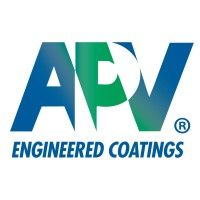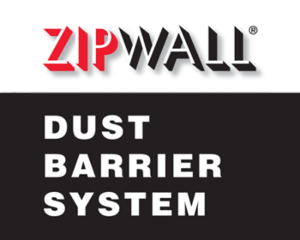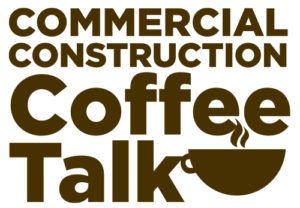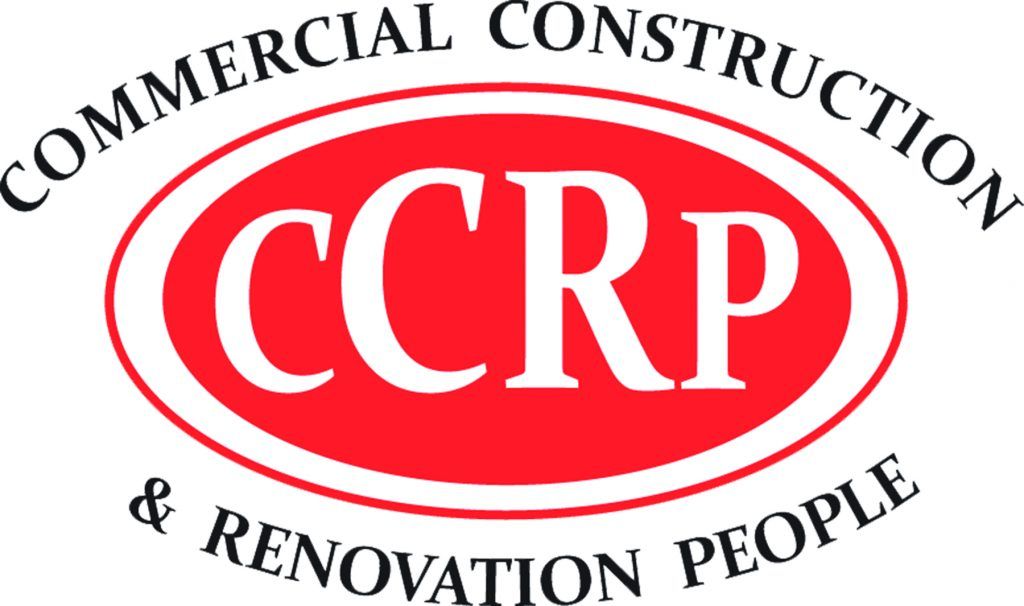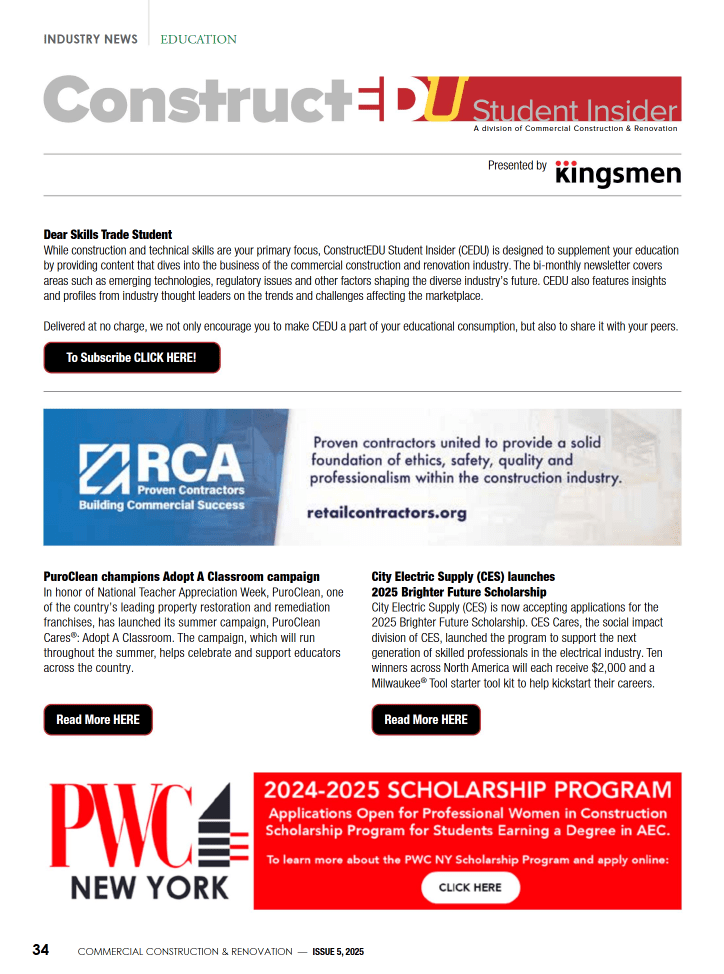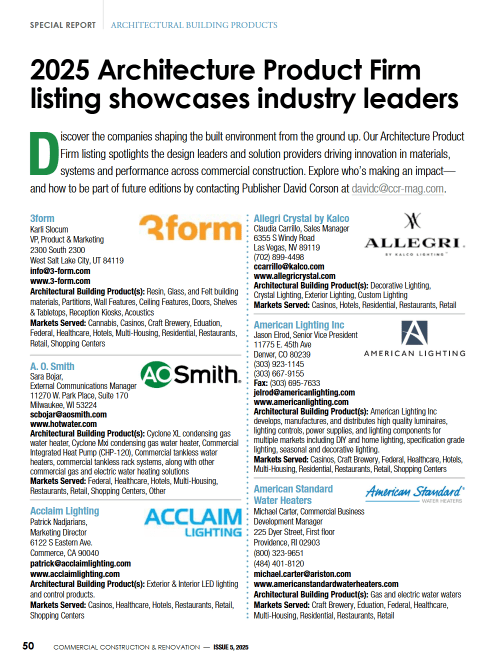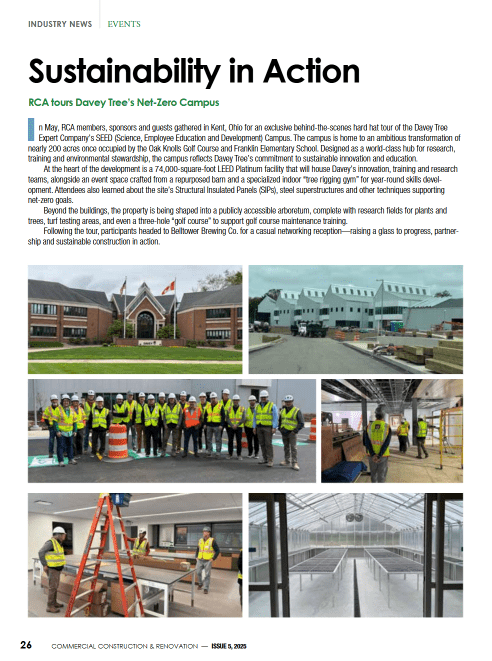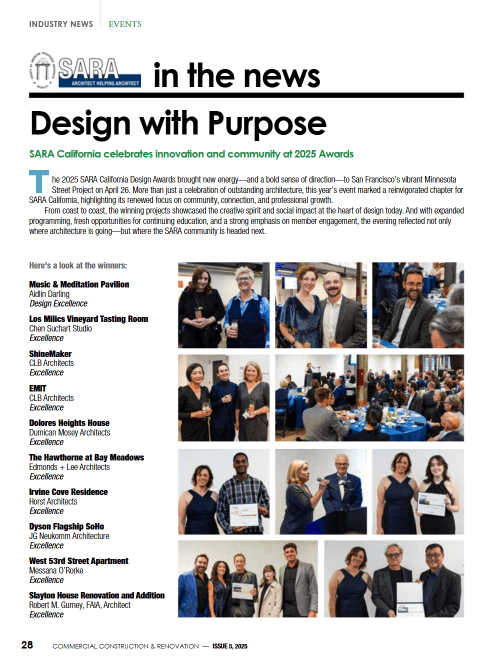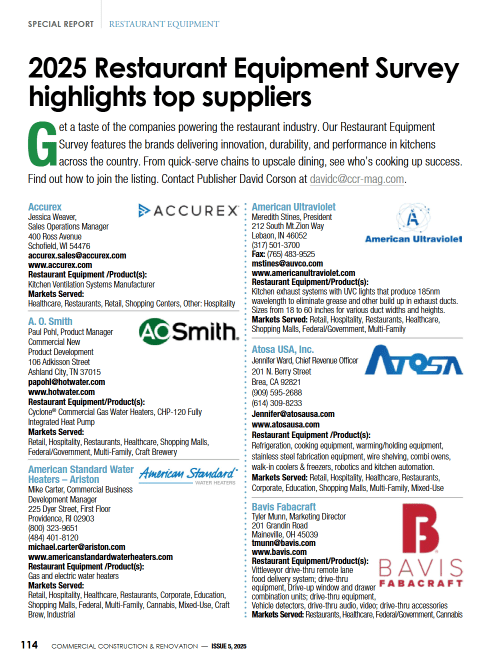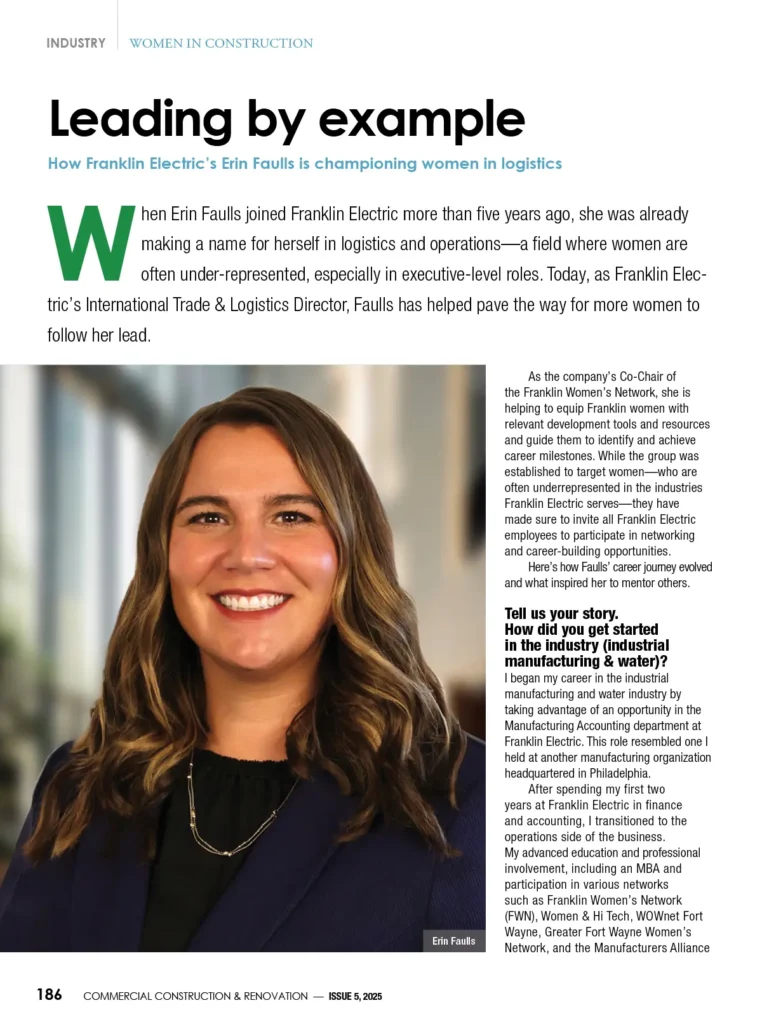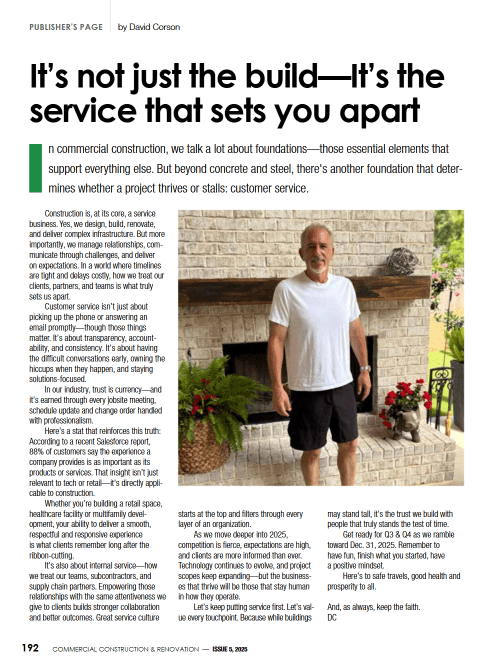You might not be familiar with the disease named WorkCompitis, but as a business owner you may be suffering from its symptoms. According to the Institute of WorkComp Professionals’ (IWCP) employer surveys, 75% of employers suffer from WorkCompitis as they feel frustrated and overcharged by workers’ compensation.
WorkCompitis is a serious financial and psychological condition caused by mismanagement, errors, and overcharges of an employer’s Workers’ Compensation Program. The condition is marked by employers suffering the following symptoms: feeling frustrated, being overcharged, feeling helpless, and having injured employees seeking out attorneys. The disease also causes negative impacts on an employer’s cash flow, culture, profitability, and productivity.
To address these symptoms caused by WorkCompitis, many employers shop their insurance to seek relief, only to find that they are just masking their symptoms as they continue to feel the debilitating, lingering, and costly effects.
Realizing that shopping insurance continually fails to cure them, employers try to take action to feel better. Intuitively knowing that having employee injuries causes their premiums to go up, not having injuries should logically bring premiums down. Therefore, employers start a safety committee and do some safety training. It is not a wrong thought, but injuries may be only part of the problem. Thanks to your experience modifier calculated and assigned to you by the state rating bureau, it may take up to four years to see results. More importantly, IWCP states that 10% of Experience Modifiers are wrong, and 90% are mismanaged! Therefore, what happens after an injury may be the bigger problem left unaddressed.
The issue: most employers focus on curing their symptoms rather than the cause of WorkCompitis. It’s like a doctor telling you to take some medicine over the phone when you have been suffering from the same illness for years. Would you accept that response? No! You would demand to be seen by your doctor and have a bunch of diagnostic tests run to find out what is wrong. Treating WorkCompitis is no different!
I always utilize the ongoing Risk Management Process: 1-Risk Identification, 2-Risk Analysis, 3-Risk Control, 4-Risk Treatment & Finance, 5-Risk Review & Refinement. (By the way, insurance is in step 4-Risk Treatment & Finance, and is not in step 1)
Diagnostic tests, or what we refer to as a Risk Management & HR Assessment, is the first step you need to take to identify what is going on within your organization that is causing you to feel frustrated and overcharged.
During this first step, you need to dig in and identify all the risks inside your organization. If you do not identify the risks and gather good data, you cannot analyze it and figure out how to best control or cure your WorkCompitis.
Side note: If you buy insurance and cannot clearly explain how you address and improve your risks to an underwriter, you will pay more premiums to insurance companies. More importantly, how do you know you are adequately insured if you have not identified your risks?
It’s true that “you don’t know what you don’t know,” so a lack of knowledge and experience can prevent you from asking the right questions. The other concern is that someone may be too involved in the details of a problem to look at the situation clearly and correctly identify what is going on.
Therefore, you will need to determine if your organization has the experience to perform a thorough risk identification by itself or if you should use an experienced outsourced risk manager to help you through the identification and diagnosis process. A risk manager can provide you with actionable findings in a management summary. Without outside guidance, you would need to do the entire process yourself and hope you were thorough enough that you did not miss anything. Without outside assistance, you would need to complete all the tasks internally.
The Risk Management and HR Assessment starts with a thorough review of your company’s paid and unpaid (uninsured) claims. It would help if you interviewed key employees to understand what risks they see in the organization. You will need to assess in detail the existence and effectiveness of programs. It would be best to determine the effectiveness of your current safety programs, compliance, claims reporting and management processes, quality control procedures, and HR, including your hiring and orientation processes. You will need to tour and analyze your facility or worksites.
In this stage, being open and honest with yourself about your entire organization and its inner workings is essential. If you do not identify the risks, you cannot address the risks. Trying to ignore or hide a risk is equivalent to sticking your head in the sand and hoping something bad does not happen.
Conduct a Loss Analysis, a review of five or more years of your incidents; the more data, the better. It applies to your entire organization, including workers’ compensation, general and auto liability, property, employment practices, etc. Looking at the totality of the risks impacting your organization is necessary. For example, knowing if you have a poor fleet safety program or frequent auto losses is essential. Vehicular accidents can drive up your auto, inland marine, and work comp premiums as employees may be injured in an accident and damage the vehicle and any equipment being transported. Plus, based on the size and nature of your fleet, controlling the selection of drivers and conducting fleet safety will be critical to your overall premiums.
You want to look at your accident/incident and near-miss investigation reports. The goal is to determine the origin of incidents and injuries and the causes and types of claims. This will allow you to know where to begin your focus on prevention. For clarification, Employer First Injury Reports are not accident investigations.
You can see the holes or problems in your policies, procedures, and programs by understanding what changes or processes you implement following claims. You may determine you have employees who are frequently injured or cause claims. You may need a program specifically designed to reduce the potential of a repeater becoming injured again. You may also see that you have a problem area in your operations.
Understand how you hire new employees: your employment application, employment packet, how you orient your employees, and how you conduct your safety programs. Why? New employees are more than five times more likely to be insured than longer-term employees. You also do not want to hire problematic employees.
You should conduct an Experience Modifier Analysis, where you look at your experience modifier worksheets to determine how your experience modifier was calculated and verify its correctness. You can then calculate the costs of each injury and determine how to improve your injury management and recover-to-work processes to reduce your future experience modifiers.
Even a thorough Coverage Analysis, a review of your insurance policies, is critical. Believe it or not, your insurance policies are an excellent place to understand some of your risks. Insurance companies identify certain risks they list, schedule, or cover on your policy. Your insurance company may have also identified risks they were uncomfortable with, how you are addressing these risks or risks they simply do not like, so they added exclusions to your policy. I cannot even count how many times we have conducted a Coverage Analysis and seen policy exclusion endorsements relating to something significant to a business’ operation.
In addition, an analysis of your past insurance company’s surveys and recommendations and your responses can shed some light on what risks you are facing.
Every employer should conduct a Facility and/or Work Site Analysis. When touring your facilities, you can see everything you do in action. Look closely at your housekeeping, safety, maintenance, quality controls, and how well your employees perform.
Using Checklists is also an excellent way to identify risks within your operations and facilities. Typically, potential risks are on these lists due to incidents that occurred at other organizations; however, no checklist contains every risk you may face. That is why using multiple risk identification techniques (like those described) are necessary.
The goal is to better identify your risk and minimize or eliminate the issues to ultimately drive down your costs and free up more funds in your budget. After all this information is gathered, you can start the Risk Analysis process and move on to implement programs to slash your workers’ compensation costs and premiums and, ultimately, cure your WorkCompitis!
David R. Leng, CPCU, CIC, CBWA, CRM, CWCA, is author of “Insured to Fail,” “The 10 Laws of Insurance Attraction,” and “Stop Being Frustrated & Overcharged,” and is the Chief Risk Officer of the Duncan Financial Group in Irwin, PA, a member of Keystone. He is also an instructor for the Institute of WorkComp Professionals (IWCP) and can be contacted at dleng@duncangrp.com.




